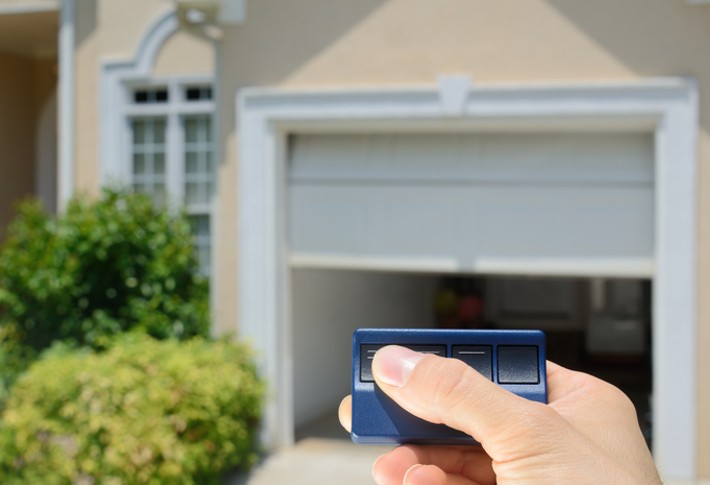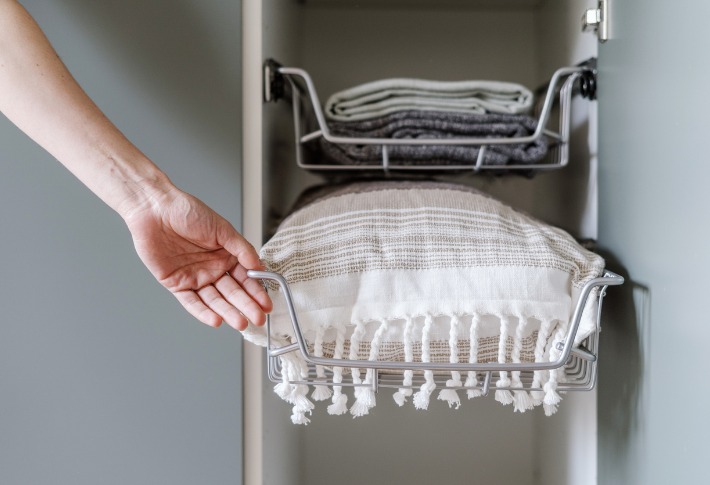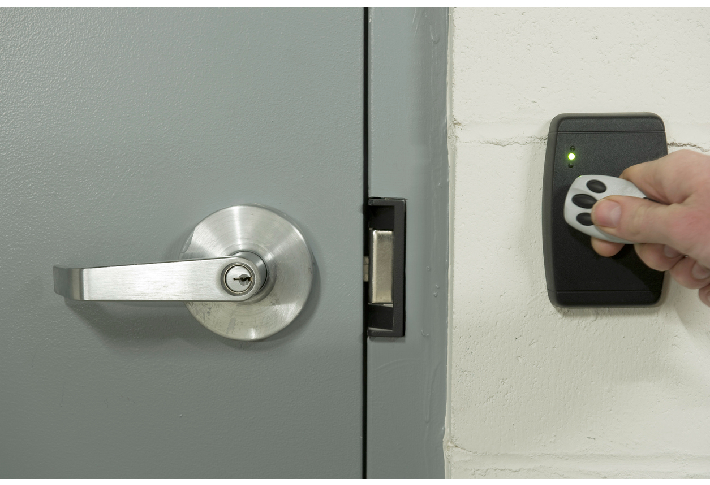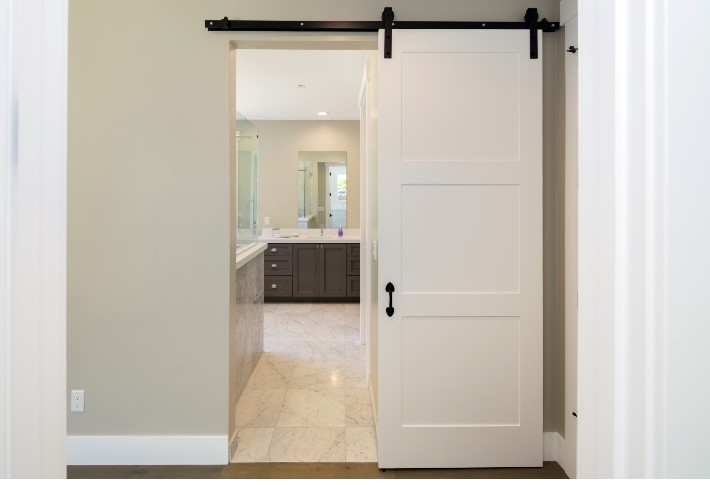Commercial Door Installation for Beginners: Tips, Tricks, and Materials
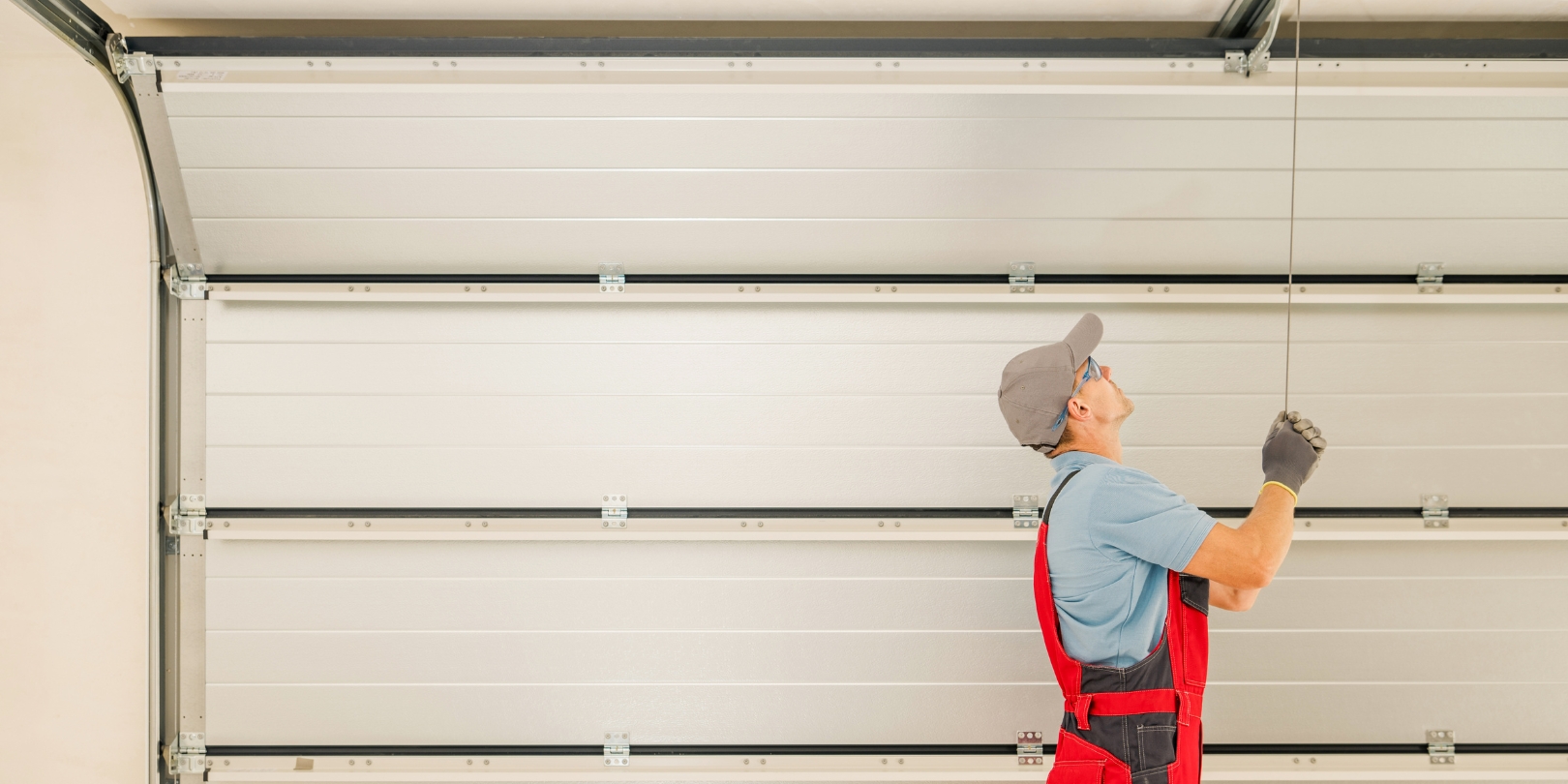
If you’re installing a commercial door for the first time, you’re probably feeling a little overwhelmed. There’s so much to consider, from materials to the actual installation process.
In this post, we’ll guide you through the commercial door installation process including tips and tricks for a successful installation, the materials you’ll need, and other helpful tidbits. We also have a list of our top picks for the best commercial doors on the market. We’ve included doors for every budget and style, so you’re sure to find the perfect door for your needs. With our help, you’ll be able to feel confident in your installation and enjoy the results for many years to come.
Types of Commercial Doors
There are several different types of commercial doors you can install, each with its own advantages and features. Some of the most popular types of commercial doors include:
- Sliding or pocket doors: Slide into a pocket in the wall, saving valuable floor space in narrow hallways or other tight areas.
- Revolving doors: Feature several panels that rotate around an axis in order to open and close.
- Automatic doors: Ideal for busy storefronts or public buildings as they open and close using a motorized mechanism.
- Folding doors: Feature hinges at the top and open like an accordion to allow people to move quickly in and out of an area.
- Security doors: Used by businesses and public buildings; usually made of metal for additional protection.
Materials You’ll Need
Once you choose the type of commercial door you want to install, the next step is to gather all the necessary materials for installation. For most installations, you will need the following materials:
- Screws
- Hammer
- Drill
- Levelers
- Door Closer (if applicable)
If you are installing an automatic door closer, make sure you purchase one that is compatible with your specific door type and weight. And be sure to determine whether your door type requires a single-action or dual-action closer when shopping for this essential component.
Pre-Installation Preparations
Before installing your new commercial door, prepare the area by removing any existing frames or fixtures and cleaning away any debris. When measuring for your new interior door, remember to measure the opening on two adjacent sides as well as from the top corner down to the flooring surface for accurate measurements. After you take all the measurements, use a leveler to determine if any areas near where the door will require adjustments or leveling before proceeding with the installation.
Installing the Door
When installing your new commercial door, begin by attaching any hinges to both the frame and the door itself. Use pre-drilled holes in both areas as a guide and then use your screws. For automatic doors that use an actuator system, be sure to attach these components securely before testing out motorized mechanisms prior to installation completion. Once you securely attach all the components, it’s time to attach the closer mechanism onto both sides of the doorway frame (if applicable). If necessary, adjust the settings on your automatic door closer to slow down speed cycles.
Aftercare and Maintenance
Maintaining a properly installed commercial door is key to ensuring its performance over time. Check hinges periodically for loose nails or screws that may need tightening in order to function correctly. Additionally, remember to routinely check automatic door closers for wear and tear from frequent use. You can lube up moving parts when needed to keep them running smoothly when closing automatic entranceways over extended periods of time.
Conclusion
Commercial door installation can be a daunting task for first-time DIYers, but with the right materials, tips, and tricks, it can be a smooth and successful process. By understanding the different types of commercial doors and gathering the necessary materials, you’ll be well on your way to a successful installation. Consider the best option for your space, purchase the right materials, and use our tips and tricks (as well as the included instructions) for a secure and reliable installation. And with a little bit of extra care and maintenance, your commercial door should last for years to come!

